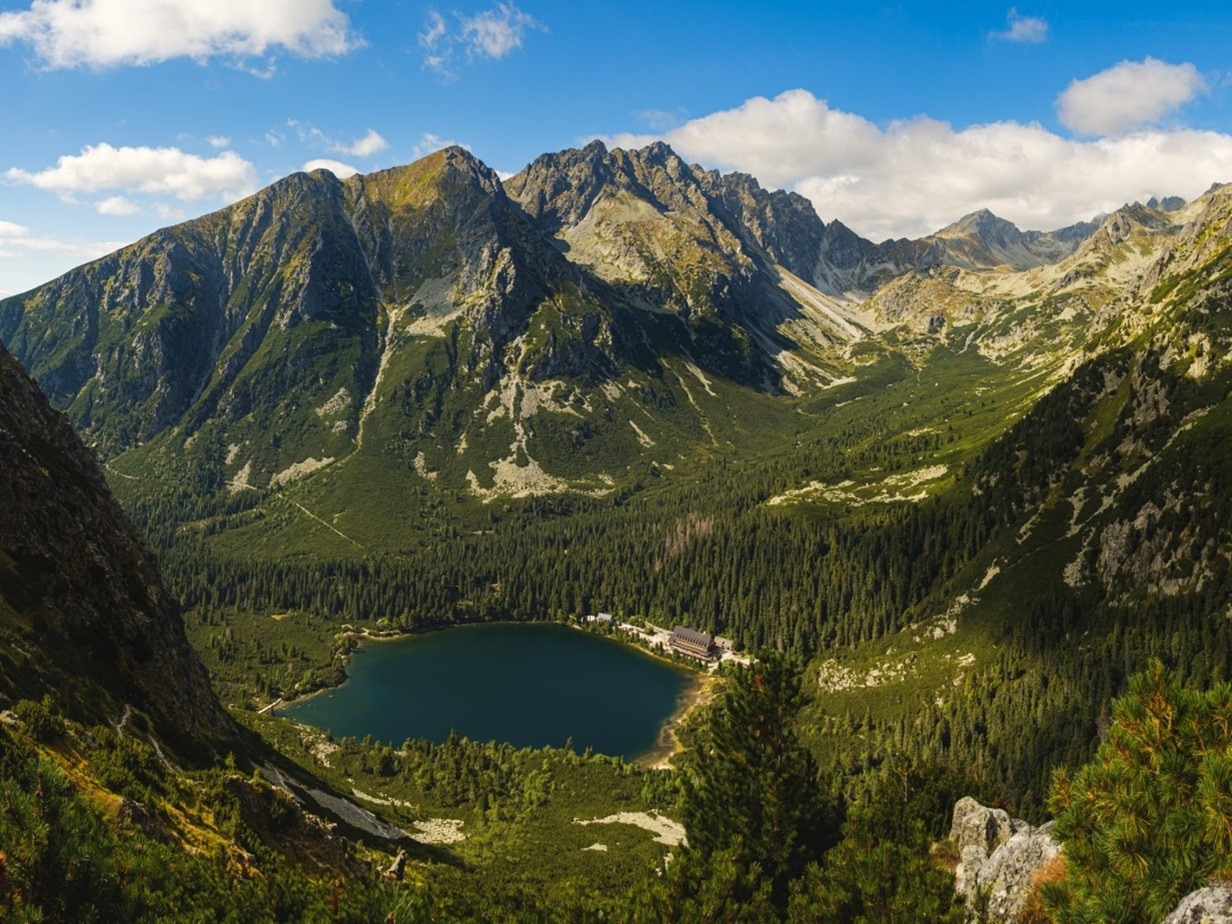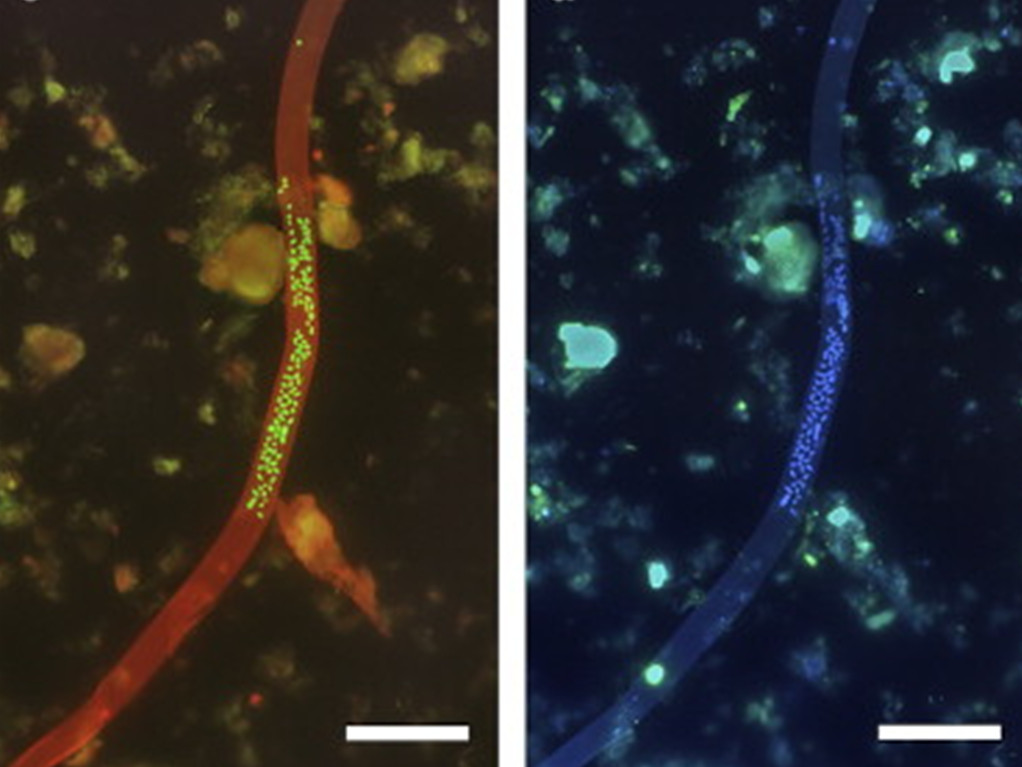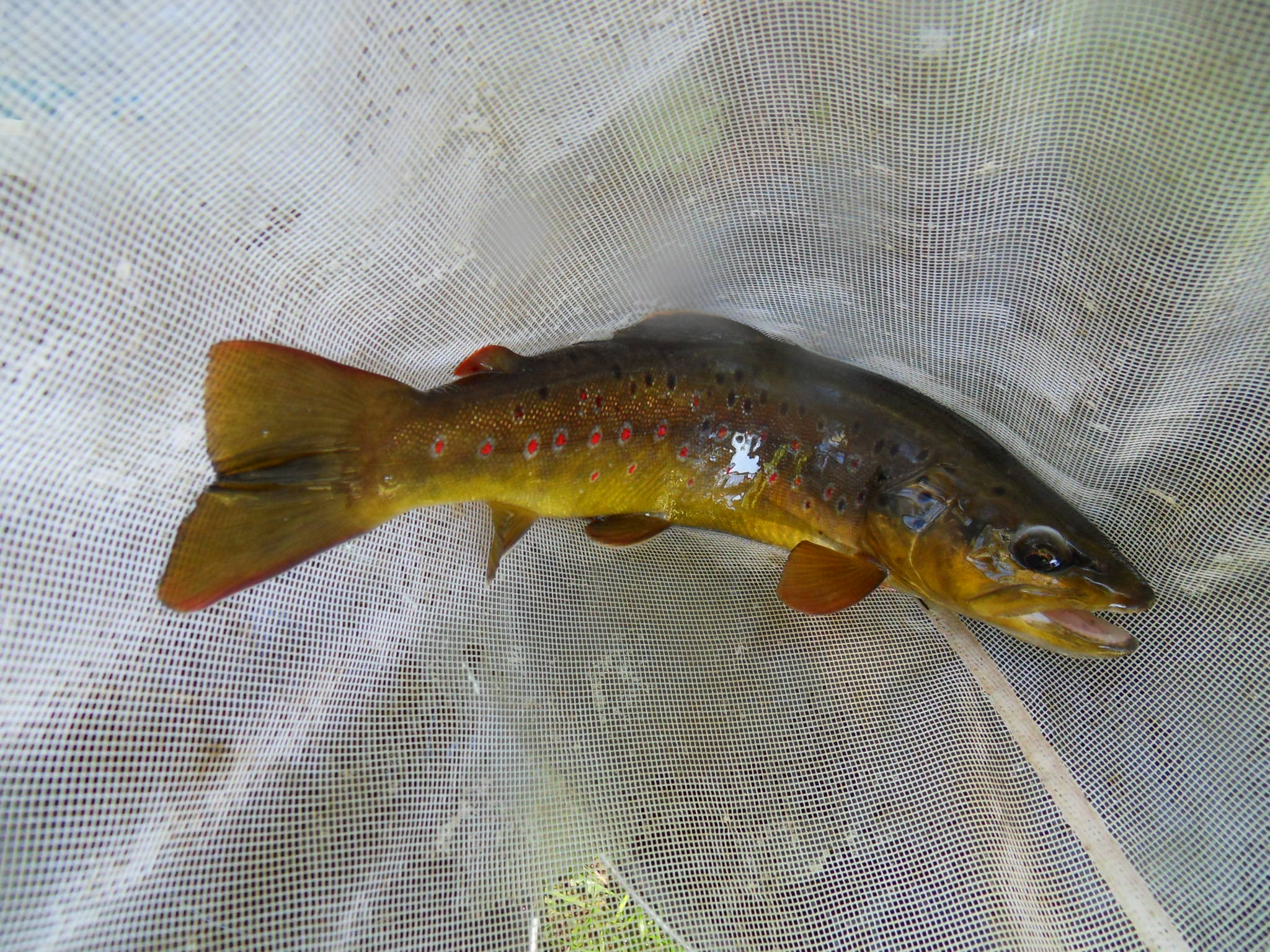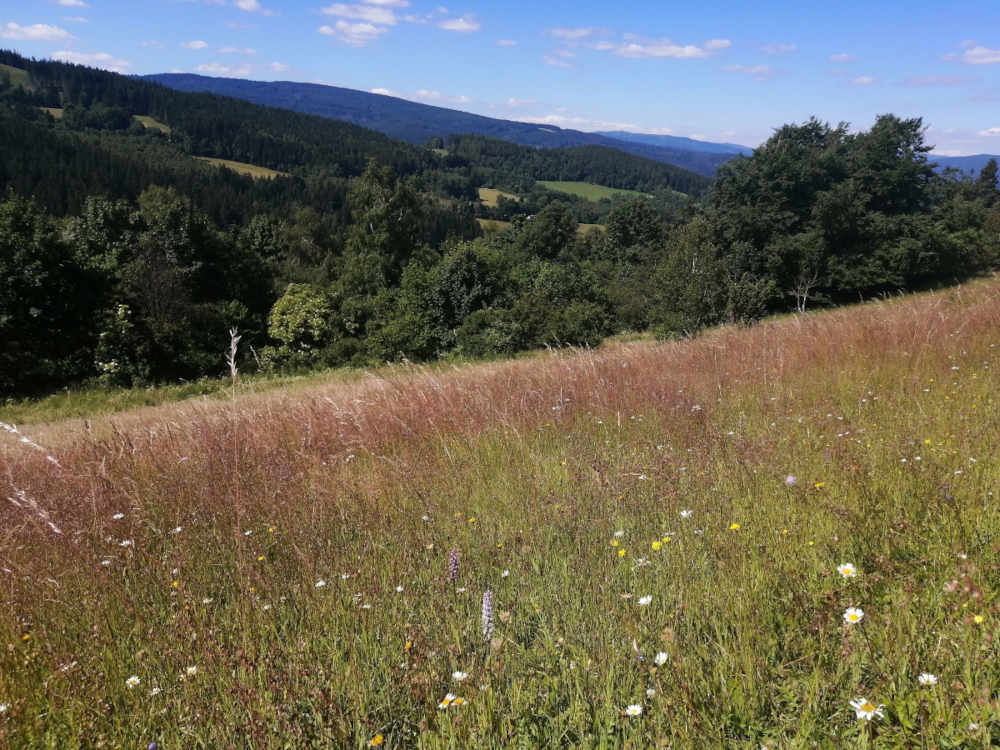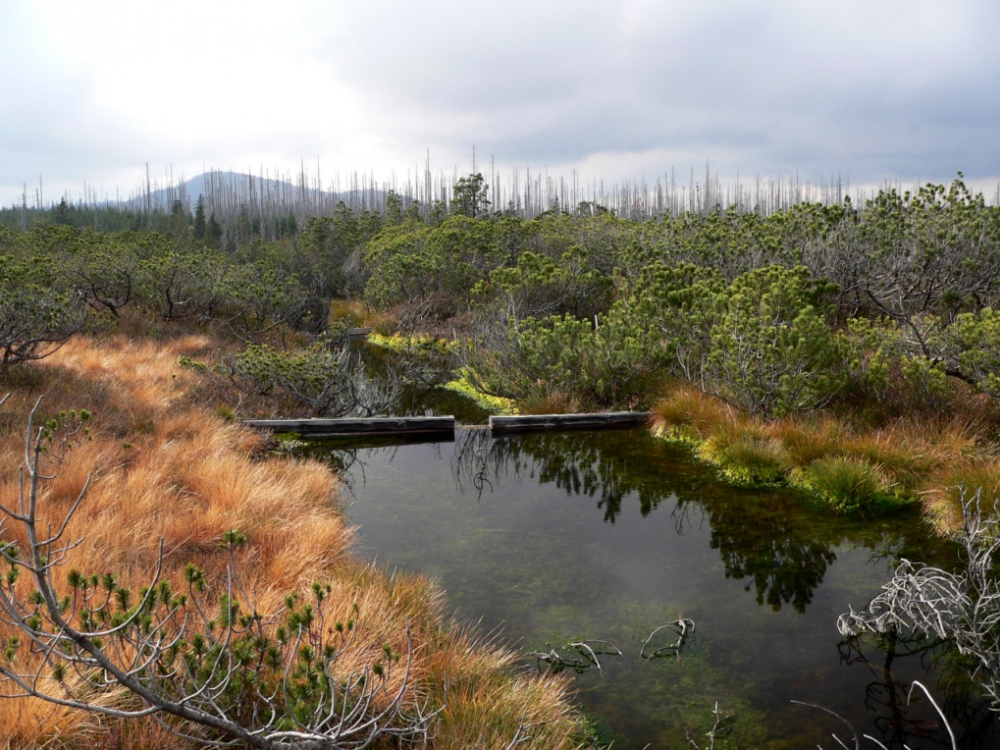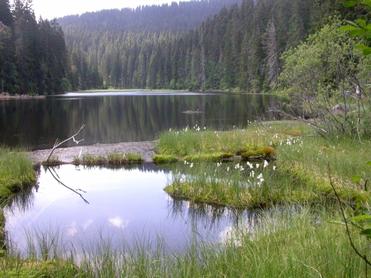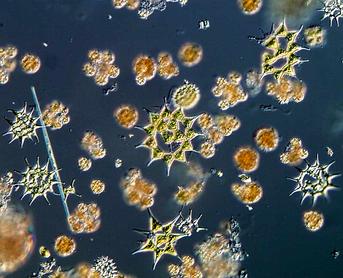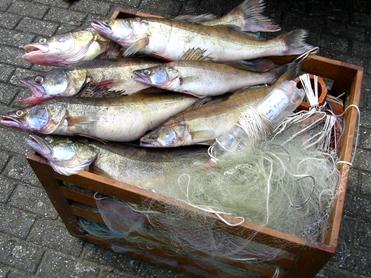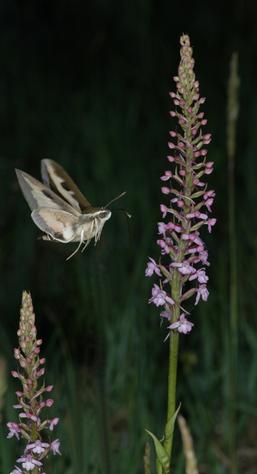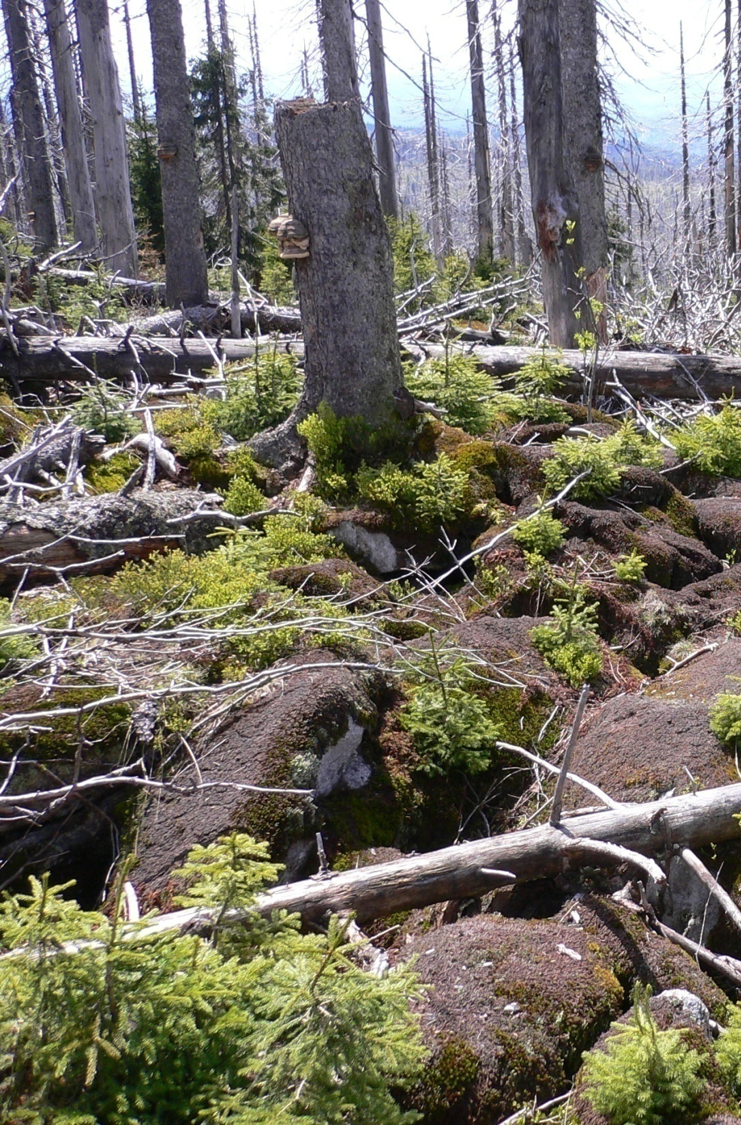Our group studies carbon, nitrogen and phosphorus biogeochemical cycles in connection with the composition and functioning of soil microbial communities and their relations with plants. We study these interactions in various types of ecosystems such as temperate forests, wetlands (peatlands, swamp forests) and grasslands, but also in more exotic ones such as tundra or taiga. We are mainly interested in learning how natural disturbances and human impacts change the functioning of these ecosystems such as the rates of processes involved in carbon and nutrient transformations and their losses from the system, species and functional diversity of soil microbial community and plant-soil relations.
A major part of our research is in the Bohemian Forest National Park in the south of Czech Republic. We carry on long-term monitoring of the development and restoration of the forest ecosystems (namely soils) in conditions of changing climate and declining acid atmospheric deposition, which caused significant acidification and nitrogen saturation of the soils. The weakened forests are disturbed by bark-beetle outbreaks and wind storms, which further affect the biogeochemial cycles of carbon and nutrients and namely their leaching to surface waters. Our research is focused on how different forest renovation managements versus natural forestrestoration affect the functioning of the system and its potential for forest renewal.
In different types of peatlands in the Bohemian Forest, we study the effects of drainage and restoration on carbon stocks, peat quality and the functioning of soil microbial communities namely in connection with greenhouse gas emissions. We also study the effect of vegetation composition on the quality of soluble organic matter, the diversity and functioning of the soil microbial communities and nutrient transformation.
In alpine meadows in the High Tatras (Slovakia), we study the effects of climate change, namely the increase in temperature, on microbially driven carbon and nutrient transformations in soil, nutrient leaching and the composition of the soil microbial community.
In addition, members of our group investigate plant-soil interactions in wet grasslands focusing on how plant allocation patterns and rhizosphere functions change across various environmental gradients and how these may be related to particular plant functional traits.
Other projects focused on describing the biogeochemical cycling of carbon, nitrogen and phosphorus in soils from northern tundra, in peatlands in Finland, in permafrost soils in Siberia (Russia), in wetlands in Belize and alpine meadows in several mountain ranges over Europe.
Our work consists of laboratory analyses and incubations of soil and plant samples taken in the field from real ecosystems or mesocosms, but also from field measurements of gas emissions. We combine traditional methods for determining the concentrations of carbon and nutrients in samples (extractions, spectroscopy, analyzers of soluble and solid C and N forms, resin bags), molecular methods for the assessment of microbial community composition and functioning (DNA and RNA extraction, qPCR, sequencing), and methods to measure microbial activity (enzymatic activity, microbial processes, gas production). For more detailed information about nutrient transformations in soils we use isotope labeling (13C and 15N) in the field and in lab experiments. The obtained data are used for interpretations or they further serve as a source for statistical modeling.
We have long-term collaborations with the Biological Centre of the Czech Academy of Sciences, namely with the Institute of Soil Biology and the Hydrobiological Institute, with the Institute of Forest Ecosystem Research (IFER) and with foreign universities in Helsinki, Vienna, Hannover and Uppsala. Such collaborations enable our students to attend research fellowships abroad.

